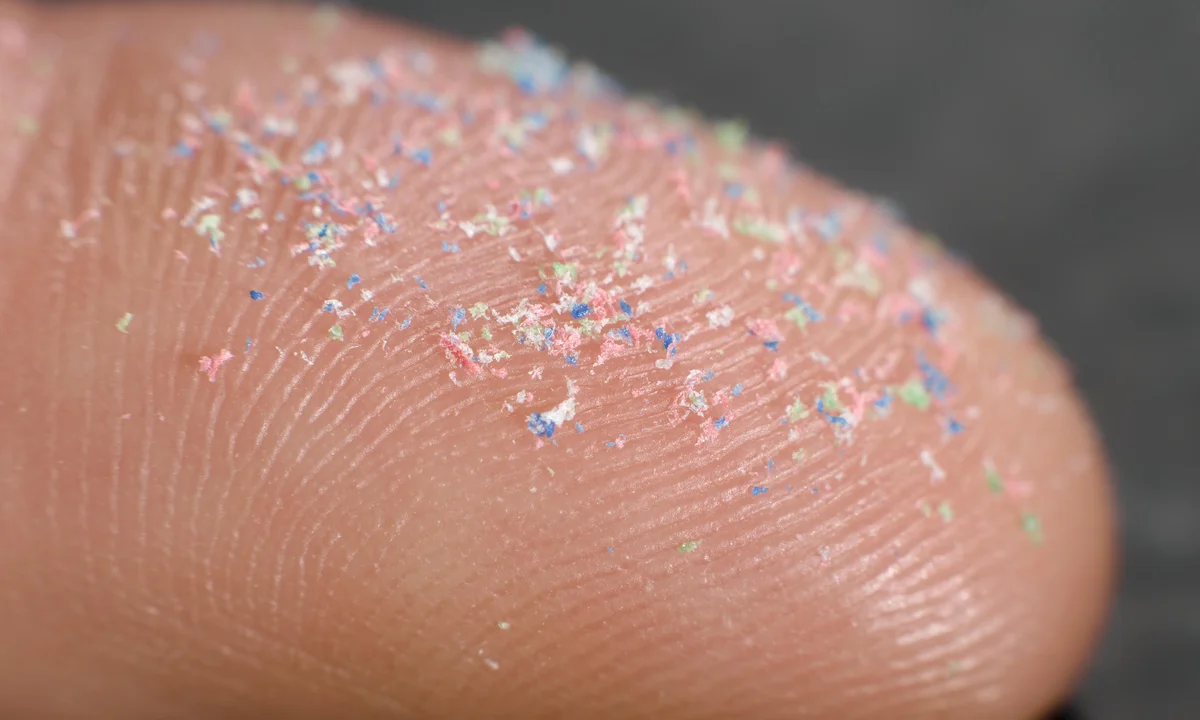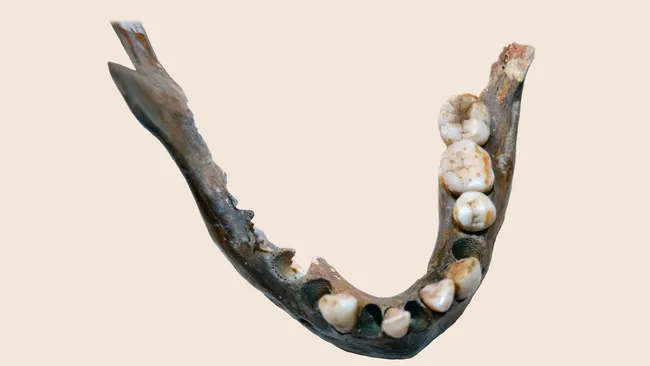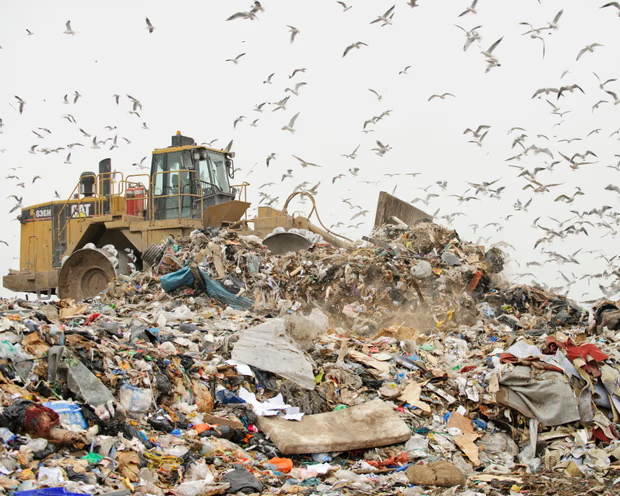September 2025 – Scientists have developed a breakthrough method that makes spotting the tiniest plastic pollutants in the environment simple and accessible. Dubbed the optical sieve, this test-strip–like invention lets researchers detect, size, and count nanoplastics—particles smaller than one micrometer—using just a standard light microscope and basic camera.
How It Works: Tiny Cavities, Big Insight
- The optical sieve is a semiconductor surface (gallium arsenide) etched with microscopic cavities called Mie voids.
- When a fluid containing nanoplastics flows over the surface, only particles matching the size of a given void get trapped.
- Once trapped, these particles alter the void’s color, shifting it from bluish to reddish under ordinary light—making the trapped particles visible without fancy equipment.
- Cavities larger than the particles stay empty or get washed away, enabling sizing by void-to-particle matching.
Simple Yet Effective Detection
- Researchers successfully identified individual plastic spheres as small as 200 nanometers in diameter—by eye, under a regular microscope.
- This method maintained clarity even when applied to complex samples like unfiltered lake water mixed with sand and organic matter, bypassing the need for laborious separation.
A Real-World Game Changer
| Capability | Details |
|---|---|
| Tool Required | Standard optical microscope + regular camera |
| Particle Size Detected | Down to ~200 nanometers |
| Sample Types | Clean lab setups and messy environmental waters alike |
| Key Benefits | Low cost, high precision, field-ready potential |
The Broader Impact
- The optical sieve offers a fast, affordable, and deployable solution for monitoring nanoplastic pollution in rivers, lakes, beaches—and even biological samples like blood or tissue.
- This innovation could revolutionize environmental science by enabling routine testing without expensive lab infrastructure.
















Leave a Reply